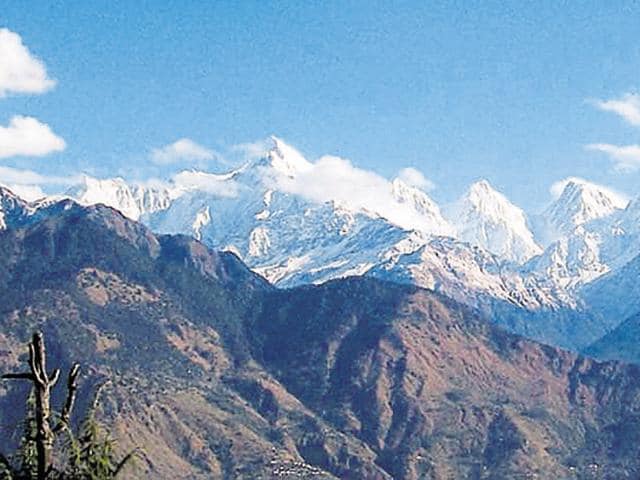Himalayas subsided by 60cm after 2015 Nepal earthquake: Study
The Himalayas subsided by up to 60cm after the devastating April 2015 Nepal earthquake, but the world’s tallest peak Mount Everest was too far away to be affected by the event, according to a new study.
The Himalayas subsided by up to 60cm after the devastating April 2015 Nepal earthquake, but the world’s tallest peak Mount Everest was too far away to be affected by the event, according to a new study.

Scientists used the latest satellite technology to precisely measure the land height changes across the entire eastern half of Nepal.
They found that the highest peaks dropped by up to 60cm in the first seconds of the earthquake.
However, Mount Everest, at more than 50km east of the earthquake zone, was too far away to be affected by the subsidence seen in this event, researchers said.
An international team of scientists has shed new light on the earthquake that devastated Nepal in April 2015, killing more than 8,000 people.
The study, including researchers from the UK’s Centre for the Observation and Modelling of Earthquakes, Volcanoes and Tectonics (COMET), shows that a kink in the regional fault line below Nepal explains why the highest mountains in the Himalayas are seen to grow between earthquakes.
This kink has created a ramp 20km below the surface, with material constantly being pushed up and raising the height of the mountains.
“Nepal has some of the highest mountain ranges in the world that have been built up over millions of years because of the collision of India with Asia. But the way in which mountains grow and when this occurs is still debated,” said lead author John Elliott of Oxford University, a member of the COMET team.
“We have shown that the fault beneath Nepal has a kink in it, creating a ramp 20km underground. Material is continually being pushed up this ramp, which explains why the mountains were seen to be growing in the decades before the earthquake,” Elliott said.
“The earthquake itself then reversed this, dropping the mountains back down again when the pressure was released as the crust suddenly snapped in April 2015,” he said.
The study was published in the journal Nature Geoscience.



